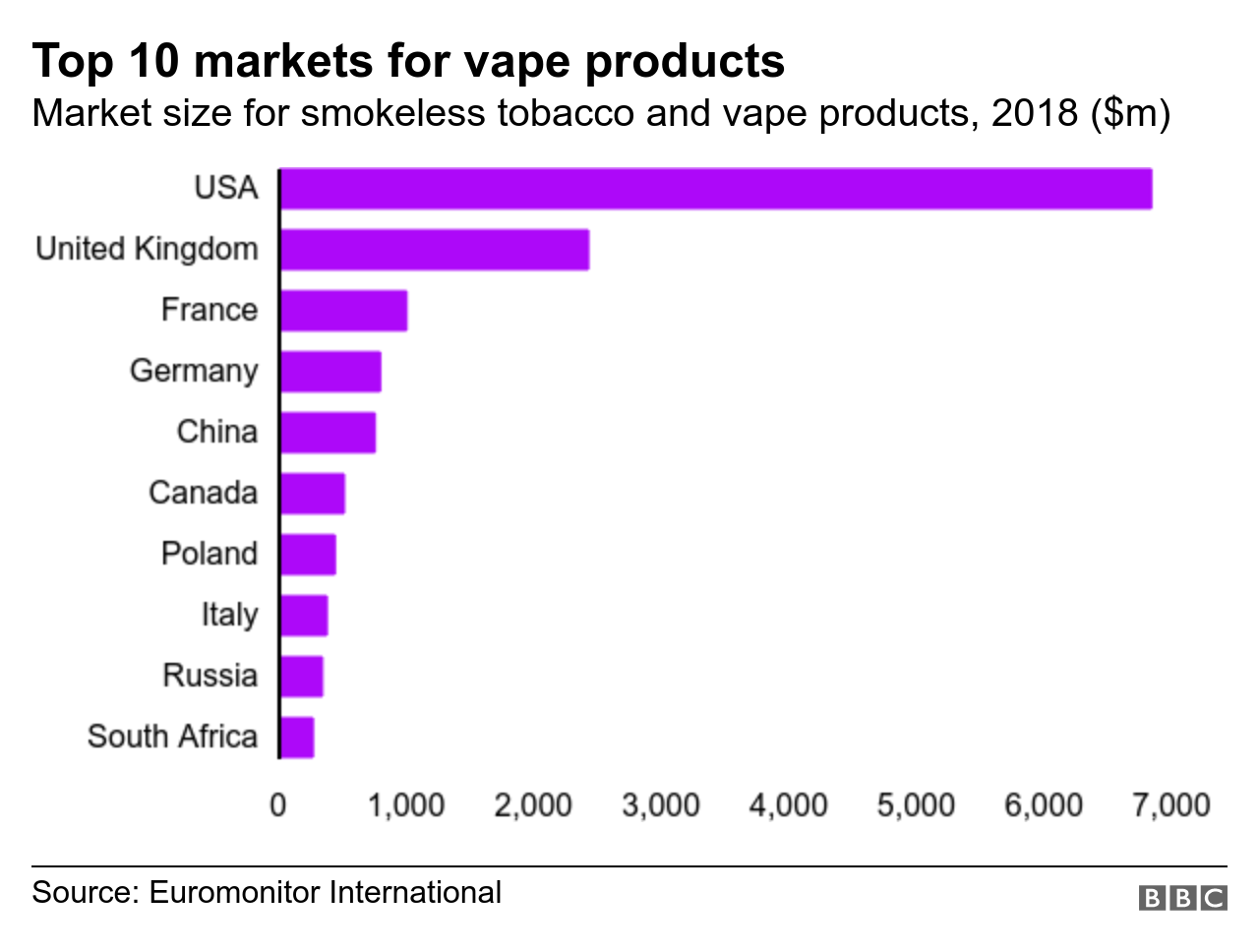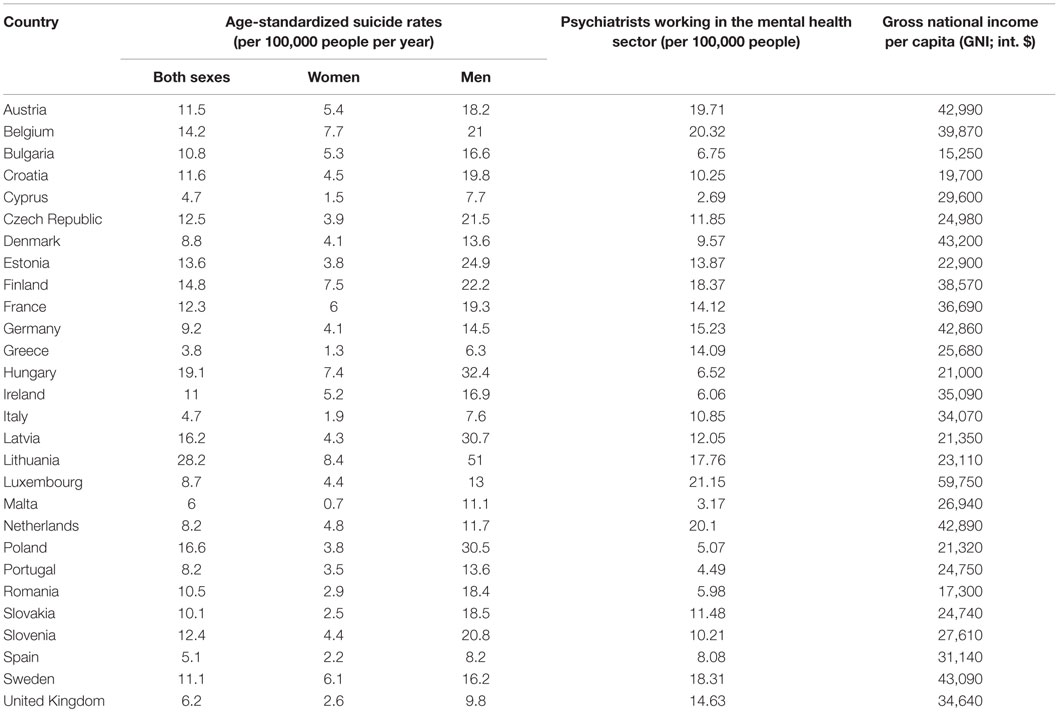Despite all that has been written about Okinawa, it is no longer exceptional for its life expectancy.
Okinawa only ranks 27th among Japan's 47 prefectures for life expectancy (nearly one year less than the top prefectures of Nagano and Shiga). It doesn't rank in the top for the
ratio of centenarians either.
Likewise Sardinia is not the longest lived regions in Italy. It ranks only 15th out of 20! It is just the province of Nuoro that has a lot of (male) centenarians, but the average life expectancy is actually lower than the national average.
As for Ikaria, Nicoya and Loma Linda, they have very small populations (8000, 25000 and 24000 respectively), so I think we are dealing with the
Texas sharpshooter fallacy due to low sample size and random luck. Such tiny populations are not representative. If you look at
life expectancy by zip code in the US, there are plenty of places where the average is 90 years or more.
The highest in Texas is apparently Hutto with a 97 years average! In Chatham County, N.C.,
it falls between 90 and 104 years depending on the zip code. Compared to the best neighbourhoods in the US (or Europe) the so-called Blue Zones are really nothing special. The term was just coined as a media coup by National Geographic.





























